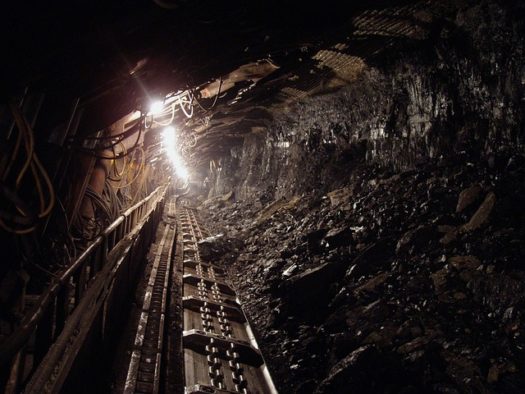
March 28, 2017; Washington Post and USA Today
President Trump signed an executive order on Tuesday that explicitly rescinds several existing executive orders affecting energy policy and environmental regulation by the federal government. It maintains the importance of the environment in energy production but places the nation’s energy needs ahead of concerns about environmental protection.
This change in priority is an about-face from the previous administration’s approach to energy production. During an appearance at the EPA where Trump signed the executive order, Vice President Mike Pence said, “The war on coal is over.”
The order’s opening paragraph summarizes the philosophical change underpinning its key actions:
(a) It is in the national interest to promote clean and safe development of our Nation’s vast energy resources, while at the same time avoiding regulatory burdens that unnecessarily encumber energy production, constrain economic growth, and prevent job creation. Moreover, the prudent development of these natural resources is essential to ensuring the Nation’s geopolitical security.
(b) It is further in the national interest to ensure that the Nation’s electricity is affordable, reliable, safe, secure, and clean, and that it can be produced from coal, natural gas, nuclear material, flowing water, and other domestic sources, including renewable sources.
[…]
Sign up for our free newsletters
Subscribe to NPQ's newsletters to have our top stories delivered directly to your inbox.
By signing up, you agree to our privacy policy and terms of use, and to receive messages from NPQ and our partners.
(e) It is also the policy of the United States that necessary and appropriate environmental regulations comply with the law, are of greater benefit than cost, when permissible, achieve environmental improvements for the American people, and are developed through transparent processes that employ the best available peer-reviewed science and economics.
USA Today provides a helpful list of “10 Obama environmental policies Trump wants to scrap,” including a 2016 memorandum “identifying climate change as a national security issue,” a 2015 executive order mandating that federal agencies reduce fossil fuel consumption, with a goal of 40 percent reduction in greenhouse gases produced, and a 2013 executive order “directing federal agencies to prepare for and mitigate the effects of climate change.”
Reflecting the views of EPA Administrator Scott Pruitt on federalism and federal overreach in environmental regulation, Trump said the executive order is “returning power to the states, where that power belongs.” The executive order says, “It further is the policy of the United States that, to the extent permitted by law, all agencies should take appropriate actions to promote clean air and clean water for the American people, while also respecting the proper roles of the Congress and the States concerning these matters in our constitutional republic.”
Environmentalists were quick to criticize the executive order and shift in federal policy. Former vice president Al Gore called the order “a misguided step away from a sustainable, carbon-free future for ourselves and generations to come. No one man or group can stop the encouraging and escalating momentum we are experiencing in the fight to protect our planet.”
Annie Leonard of Greenpeace USA was more blunt, saying it showed Trump is “just a fossil fuel industry stooge with a presidential pen […] Thankfully, for all his bluster, the best Trump can do is delay America’s inevitable transition to clean energy, but he can’t stop it”.
Procedurally, every federal agency has 45 days to develop a plan for reviewing the burden of all applicable energy and environmental regulations to the Office of Management and Budget (OMB). Any agency that doesn’t have any such regulations must certify that in writing and have OMB sign off in agreement. A comprehensive report is slated for completed by OMB within 180 days, at the end of September, unless OMB needs to extend the deadline. Once the report is produced, we’ll have a better idea of what additional changes are coming and where environmental interests need to focus both their federal and state advocacy.
State action may be more important than the president realizes. On the one hand, the state of Washington is proceeding with a large-scale alternative energy project. On the other hand, borrowing a page from Pruitt’s Arkansas and other states during the Obama administration, California Gov. Jerry Brown announced that California and Washington were both prepared to sue the federal government in court over the new executive order.—Michael Wyland













